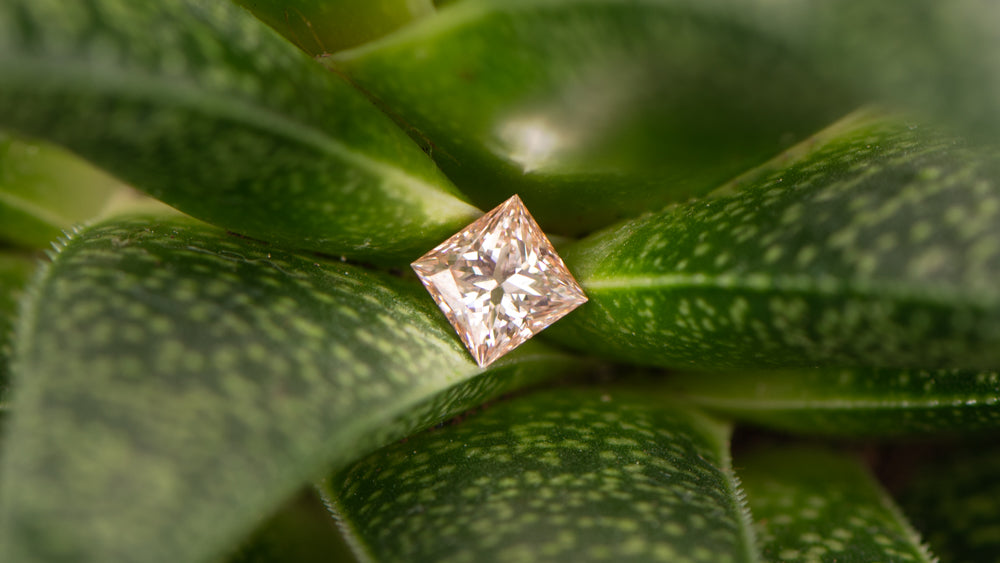DIAVON setzt mit den 6 Cs neue Maßstäbe
Since the 1940s, the 4C's of Diamond Quality, defined by GIA founder Robert M. Shipley, have been the standard for evaluating the quality of a diamond.
With regard to the change in awareness and to climate change, DIAVON feels it is its duty to define two additional quality standards for the MANUFAKTURDIAMANTs. Conflict-free and climate-neutral are the addition to the previous 4C's and are intended to convey the quality standards of the diamond to which it is entitled. Thus, the DIAVON sets new standards with the 6C's.
CUT · COLOR · CLARITY · CARAT · CONFLICT FREE · CLIMATE NEUTRAL




Schneiden
Quality of angles, proportions, facets and subtleties.
colour
Determines the color of the diamond.
Klarheit
A diamond's clarity grade is defined by the visibility, number and location of internal and surface characteristics.
carat
Determines the weight of the diamond.
Konfliktfrei
Reflects the sustainable social and environmental aspects within the value chain.
Klimaneutral
Grad der positiven Auswirkungen auf das Klima.
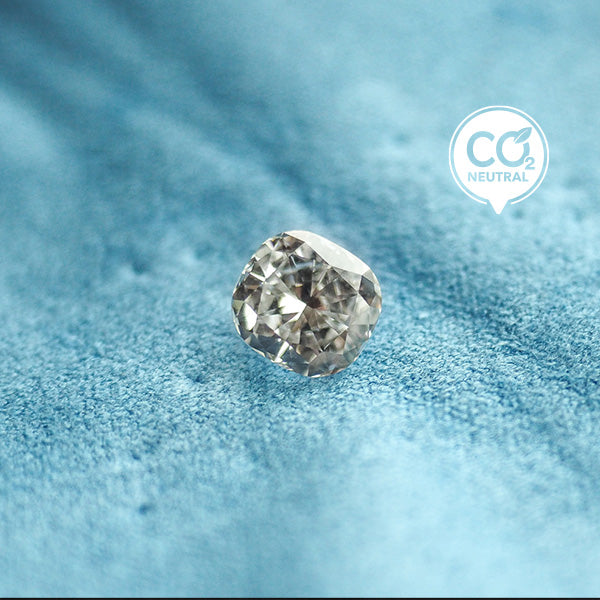
Schneiden
The "cut" is perhaps the most important aspect of quality, as it indicates how much light the diamond can reflect. Diamond cut includes in particular the quality of its angles, proportions, symmetrical facets, brilliance, fire, sparkle and finishing details. These factors ultimately make the diamond shine.
Diamond cut is presented on a scale of Ideal , Excellent , Very Good , Good , Fair and Poor . Depending on the shape of the diamond, the ratings Ideal and Excellent represent proportions and angles that ensure maximum brilliance and sparkle.
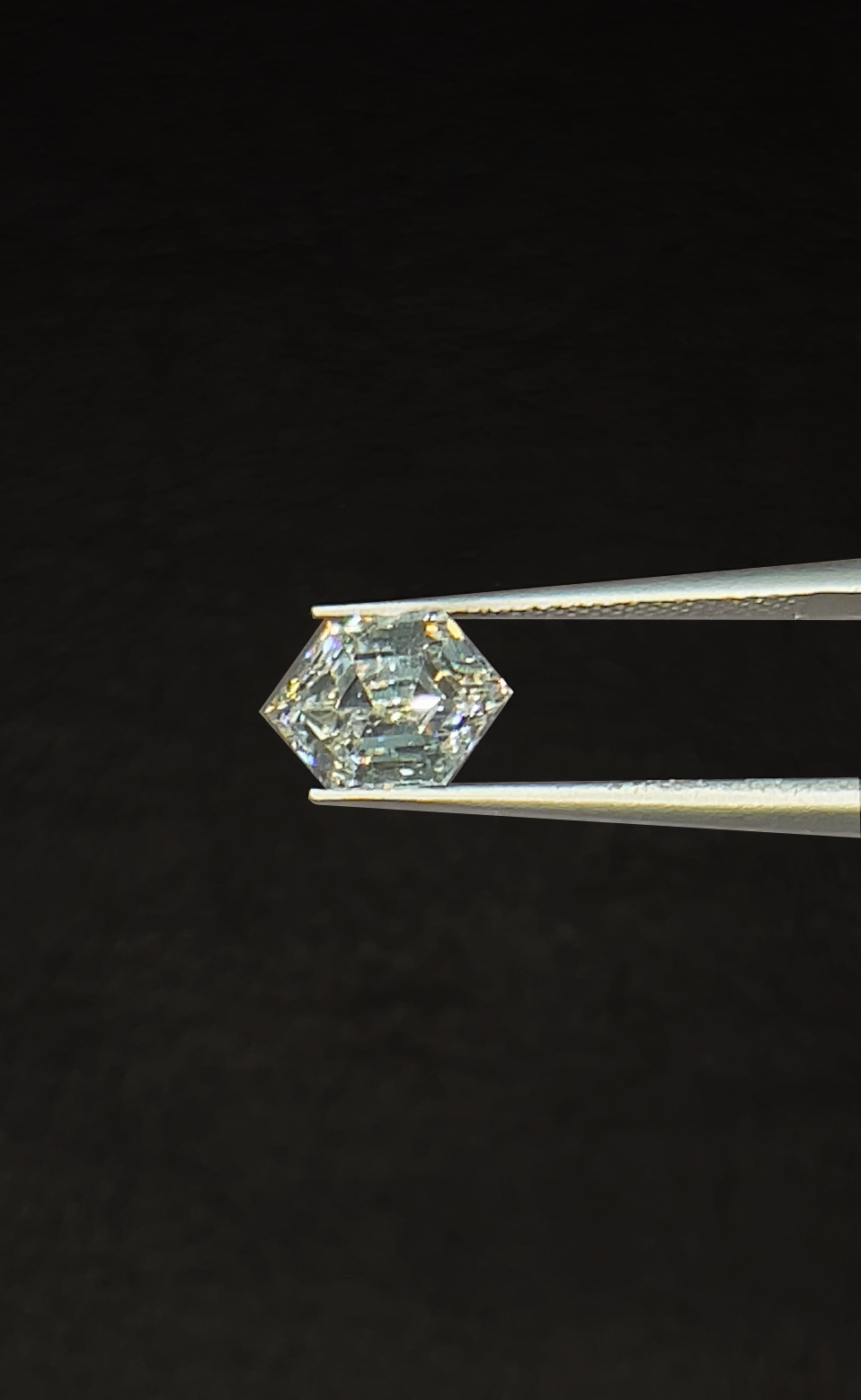
colour
Diamond color is graded according to how white or colorless a diamond is. The GIA grades diamonds from D to Z, with D being the most colorless color and Z having a distinct tinge of brown or yellow.
However, it should be noted that depending on the cut, carat weight and shape of the diamond, the color can vary from diamond to diamond.
Note: Fancy Colors are not classified according to the color gradation from D to Z. They have their own color names, such as Fancy Intense or Vivid. These define the color intensity of the colored stone.
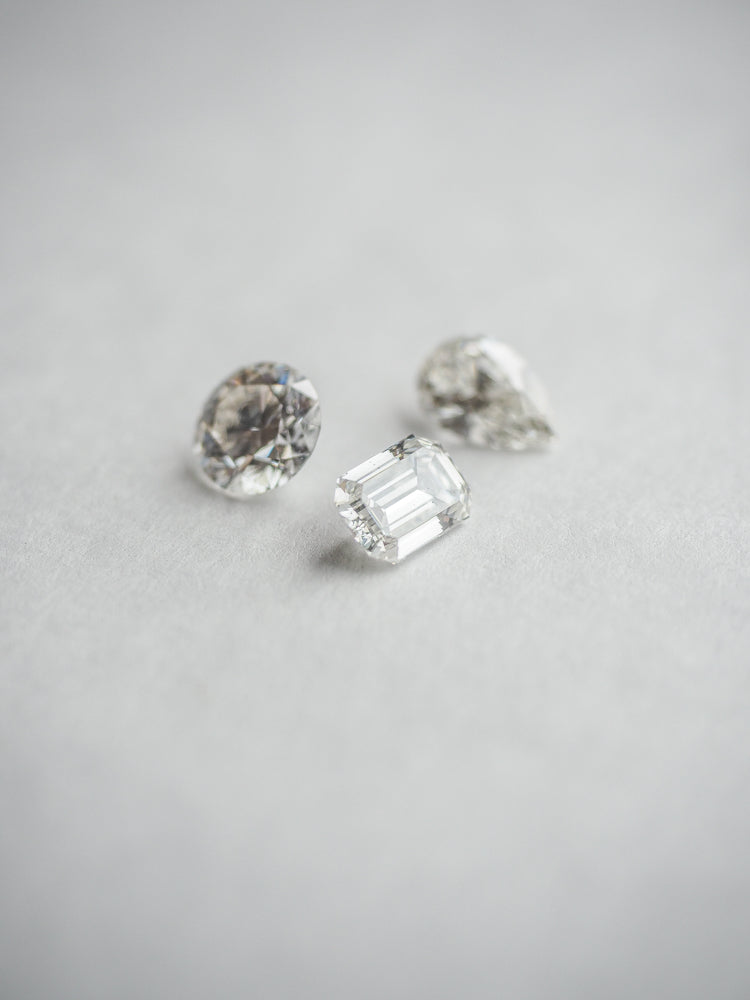
Klarheit
A diamond's clarity grade assesses how free a diamond is of inclusions and imperfections.
Note: Some inclusions - tiny crystals and other features - do not affect a diamond's clarity and value. Sometimes diamonds with a low clarity grade are therefore still "eye clean". However, other inclusions can affect not only the beauty of a diamond, but also its structural character.
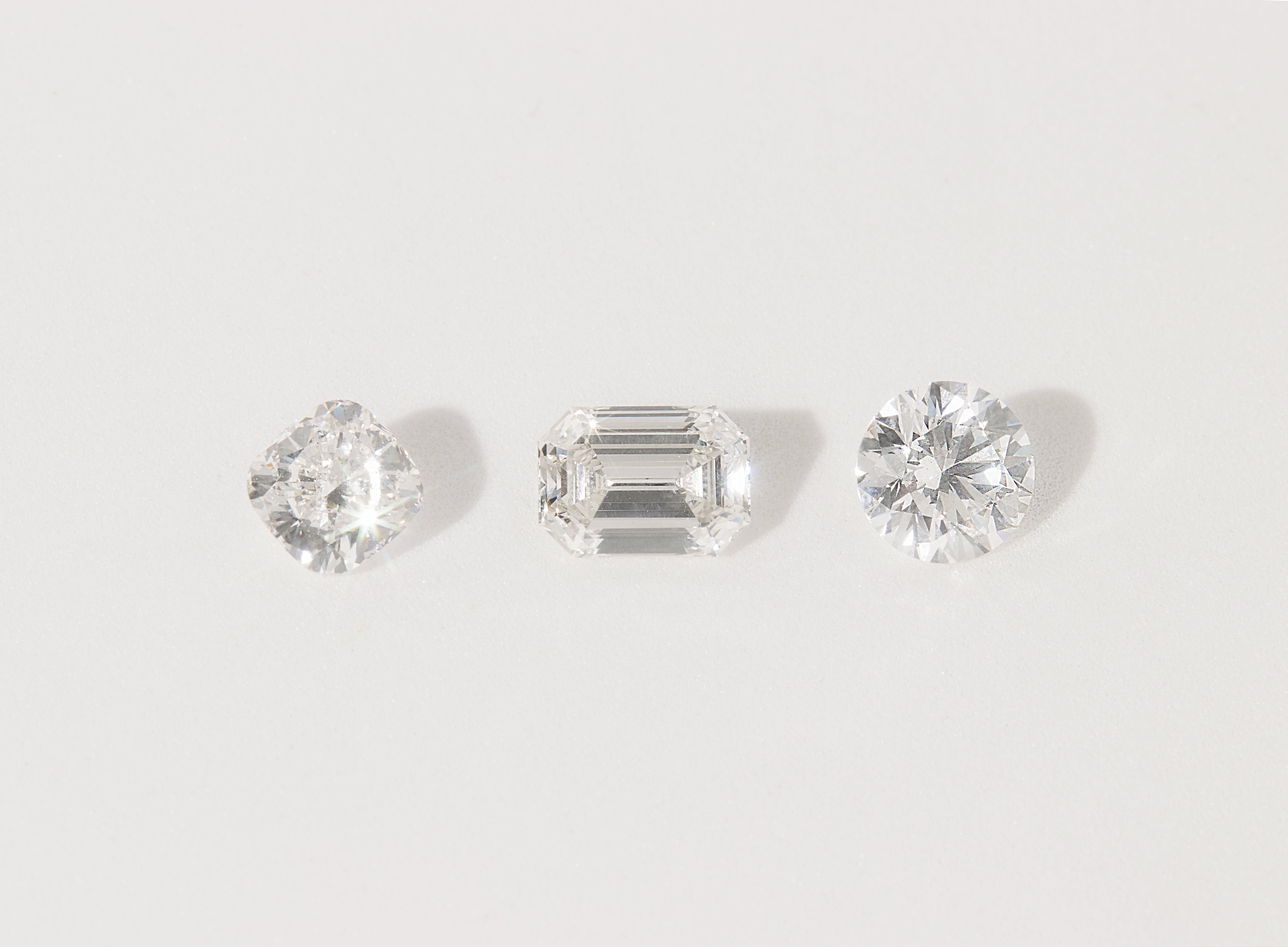
carat
The term "carat" does not refer to the size of the diamond, but to the weight. A 1 carat diamond is equal to 200 milligrams or 0.2 grams.
Therefore, depending on the shape and cut of the diamond, two 1 carat diamonds can be very different in size.
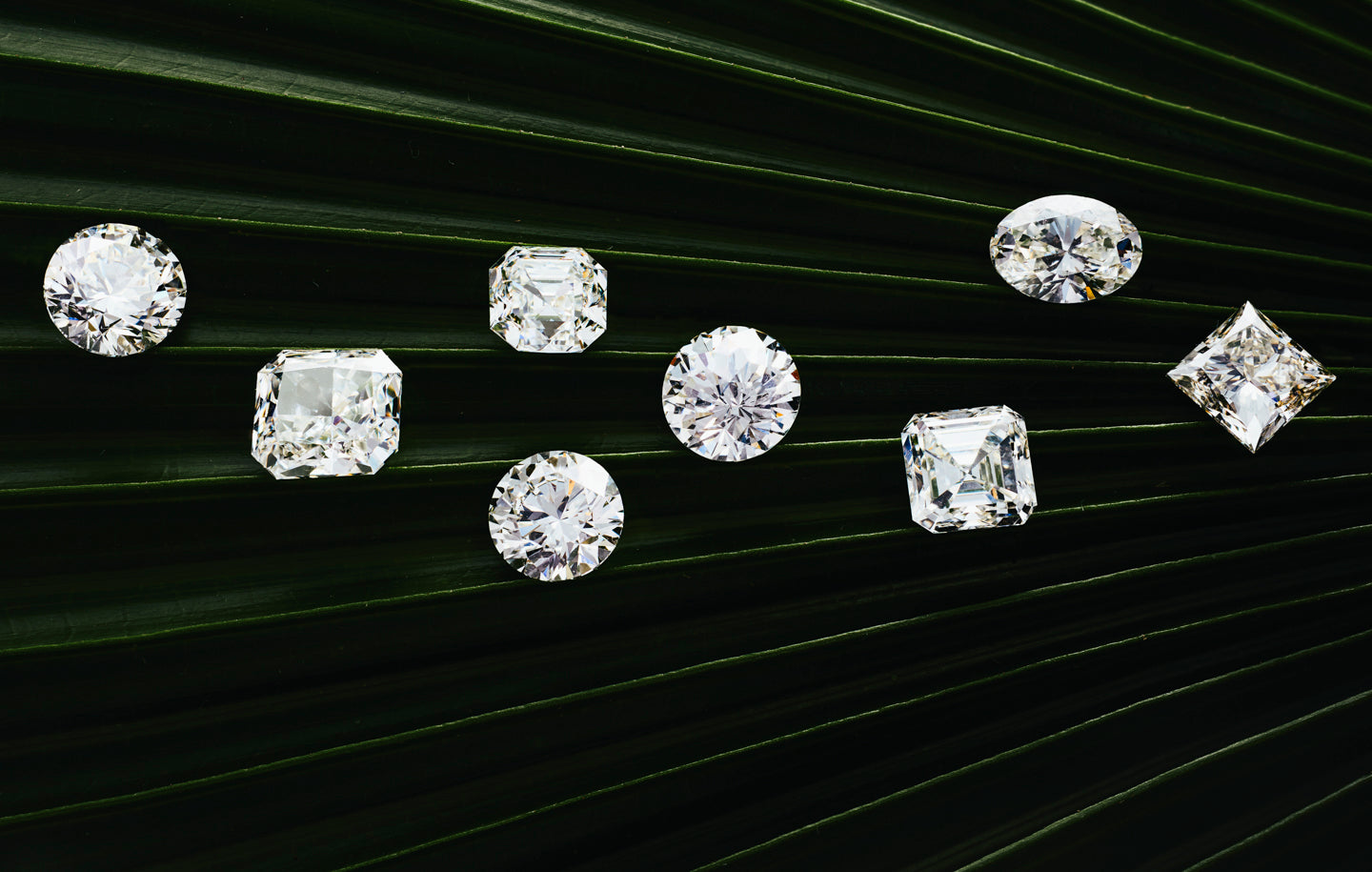
Conflict-free
A diamond being conflict free includes all sustainable social and ecological aspects within the value chain. The standard excludes inhumane working conditions, child labor, the financing of civil wars and environmentally harmful practices such as mining or the use of coal-fired power. Likewise, under this standard, the diamonds are not enhanced by radioactivity.
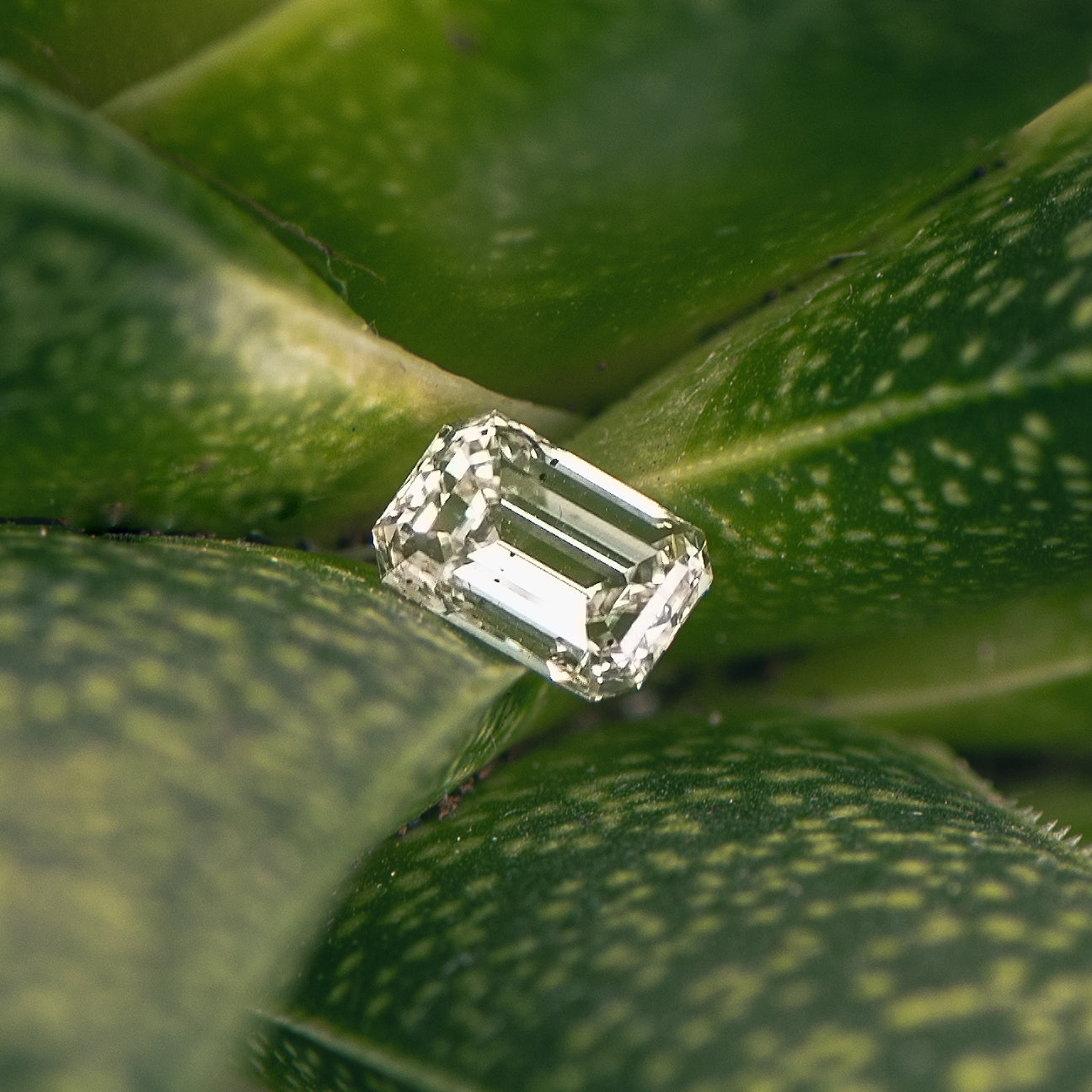
Klimaneutral
Climate neutrality ensures that the climate is not negatively impacted by the manufacturing process and all business activities. This standard indicates the extent to which the diamond has a negative or positive impact on the climate on a scale from − to +++ .


